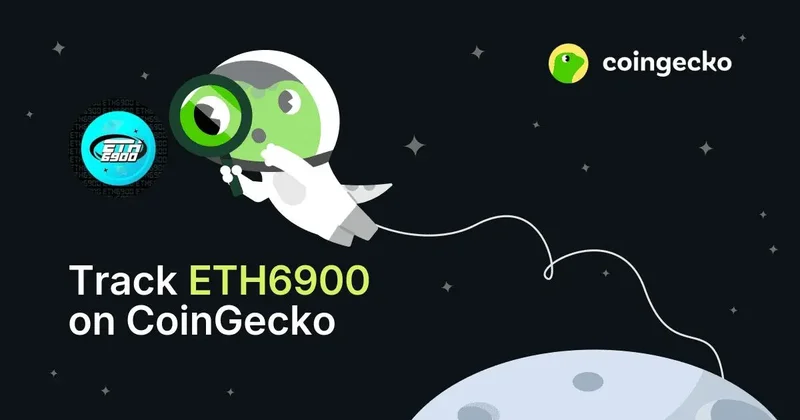Vitalik Buterin, the co-founder of Ethereum, recently offloaded a batch of meme coins, netting 257.1 ETH (around $636,000). Lookonchain data confirms the sales: MSTR, POPCAT, ITO, ETH6900, SATO, and MILO all hit the digital auction block. The stated reason? A longstanding policy to either sell or donate unsolicited tokens. This isn't new behavior; he’s done it before. But the timing and the specific coins involved are raising eyebrows.
Let's break down the sales. 330,000 MSTR fetched 114.1 ETH (about $282,000). 14 million POPCAT went for 74.99 ETH ($186,000). The rest trickled in from ITO, ETH6900, SATO, and MILO. Individually, these aren't earth-shattering sums for someone of Buterin's stature. But collectively, they represent a significant chunk of change derived from assets he never asked for. It raises a fundamental question: What's the actual value proposition of these meme coins, if any?
The data suggests a few possibilities. One, the coins were unsolicited, meaning Buterin had no initial investment. Any sale, therefore, is pure profit (less transaction fees, of course). Two, holding onto these coins, even passively, could be interpreted as an endorsement, something Buterin clearly wants to avoid. And three, the market for meme coins is notoriously volatile. Selling now could be a rational move to avoid potential losses.
Here's where things get tricky. Buterin's past actions have shown a willingness to acknowledge certain meme coin projects, specifically EBULL and MOODENG, for their charitable contributions. While commendable, this raises concerns about inadvertently legitimizing inherently risky assets. Crypto personality Rug Muncher (yes, that's their handle) pointed to the price spike in EBULL after Buterin's nod, drawing in new, potentially unsavvy investors.
I've looked at hundreds of these market trend analyses, and this one is particularly interesting. The problem isn’t necessarily Buterin's intention; it's the potential for misinterpretation. A casual mention can be amplified by social media, creating a feedback loop that benefits insiders at the expense of retail investors. The data is anecdotal, but the pattern is consistent: hype precedes the dump. Vitalik Buterin Sold Out Again: Dumped 6 Altcoins

This brings us to a critical point: the responsibility of influential figures in the crypto space. Should they completely ignore unsolicited tokens, or is there a way to acknowledge legitimate charitable efforts without fueling speculative bubbles? The data doesn't offer a clear answer, but it does highlight the inherent tension between promoting good causes and mitigating risk.
The economist Tyler Cowen even suggested awarding Buterin a Nobel Prize. How would that affect the meme coin market?
The question of how this data was gathered also creates questions. Is the tracking software accurate?
Buterin's meme coin dump isn't just a financial transaction; it's a signal. It signals a continued skepticism towards the meme coin phenomenon, a willingness to liquidate unsolicited assets, and a commitment to avoiding endorsements, however unintentional. But the signal is muddied by the noise of social media hype, speculative trading, and the inherent volatility of the crypto market. The real question is whether anyone's actually listening, or are they too busy chasing the next moonshot?
It's a calculated risk-management strategy, masked as a public service announcement.